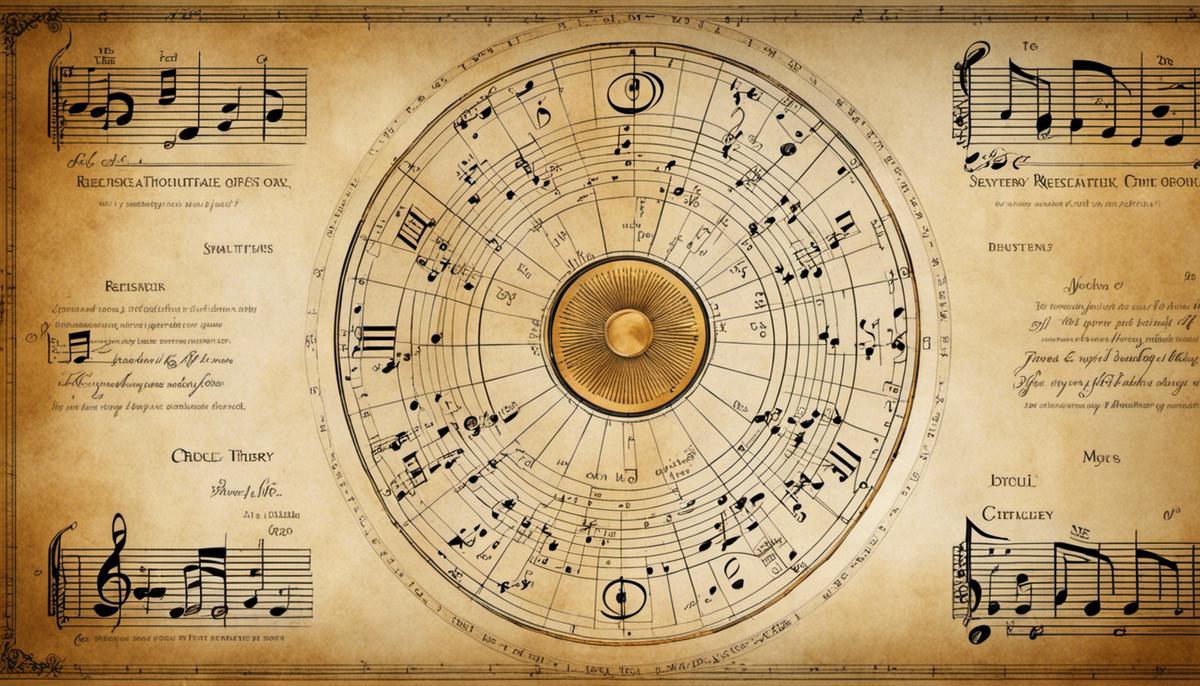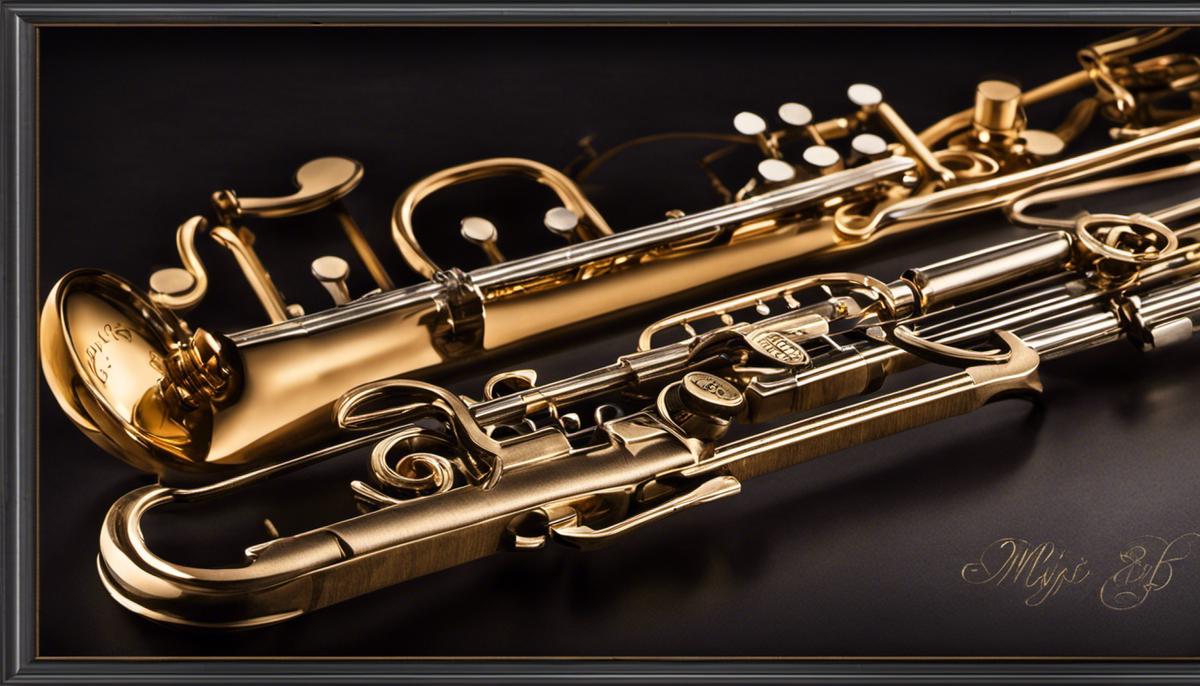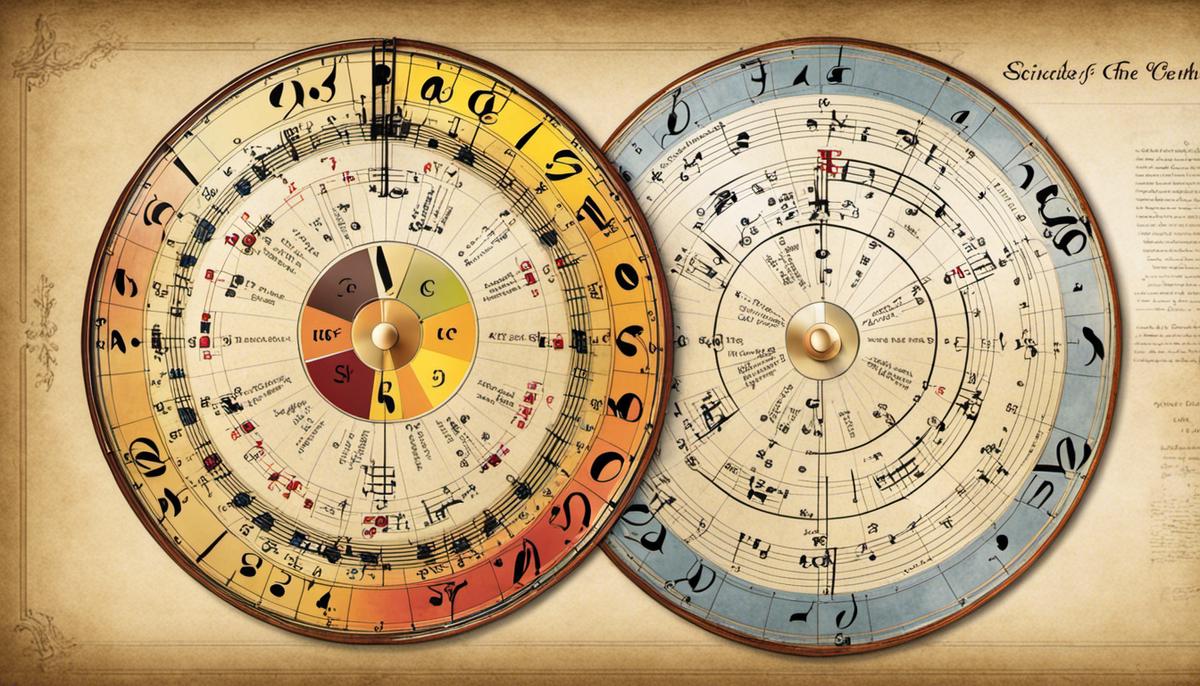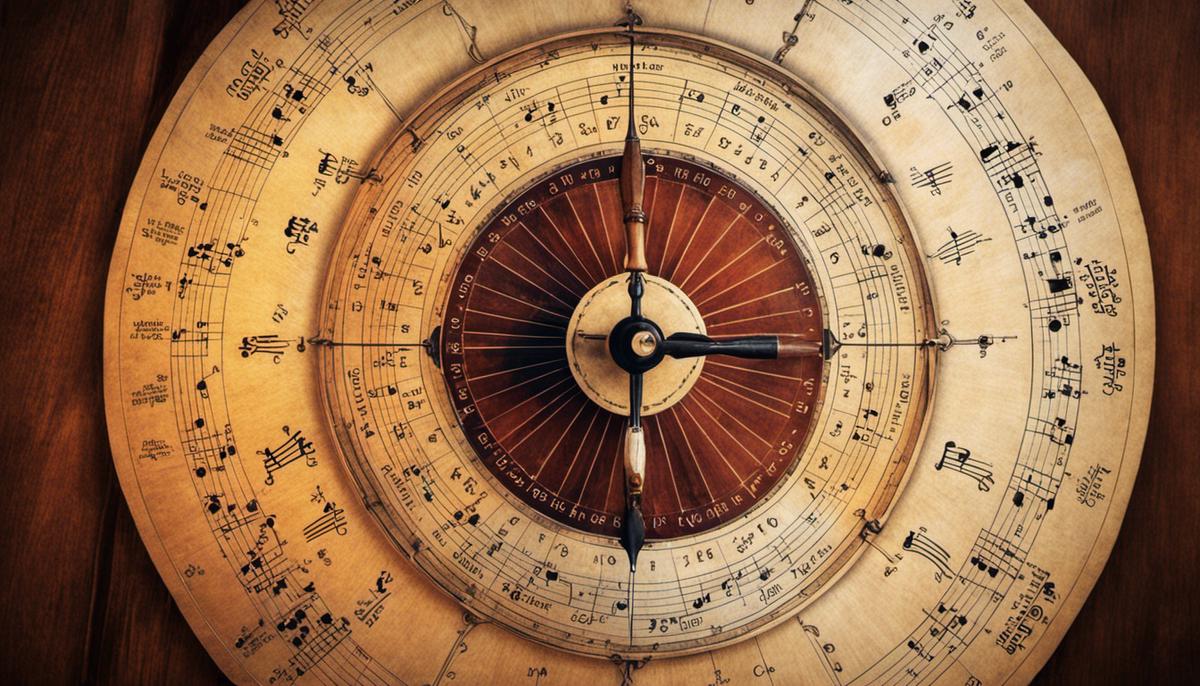Your cart is currently empty!

Master the Circle of Fifths: A Guided Approach
Embracing the magic of music often involves understanding its theory and the backbone of its construction, which lends to its harmony and resonance. The Circle of Fifths, for instance, can baffle the uninitiated, however with a good grasp on the concept of musical keys, it can actually become an intriguing subject. Musical keys as entities, exist as integral part of compositions, asserting their identity, tone and atmosphere on pieces they claim. By examining their structure and exploring their importance, we begin a journey into the fundamentals that shape music as we know and love it. This journey’s crucial stopover is at understanding the Circle of Fifths, a fascinating concept that illustrates the kinship between musical keys and serves as the blueprint of many a musical creation.
Understanding Musical Keys
Understanding Musical Keys: The Basics
In music, a key signifies the scale that a piece of music is based upon. Each key consists of a group of related notes that form the foundation of a song or composition. Typically, a key is categorized as either major or minor, and it’s determined by the root note or “tonic” of the key. For example, if a song is in the key of C Major, the scale begins with the note C and includes specific notes that conform to a particular pattern of whole and half steps.
Structure of Musical Keys
The structure, or organization, of a musical key is based on the pattern of whole and half steps that make up a scale. In western music, we have twelve notes in an octave, which are made up of a combination of whole steps and half steps. For example, in a major scale, the pattern is Whole-Whole-Half-Whole-Whole-Whole-Half. For a minor scale, the pattern is Whole-Half-Whole-Whole-Half-Whole-Whole. Knowing these patterns can aid in understanding the structure of keys.
Importance of Musical Keys
Knowing the key assists musicians in understanding the tonal center, or the “home base,” of the song. Furthermore, it provides a roadmap for improvisation, harmony, and chord progression. Understanding the key can also impact the emotional resonance of a piece, as major keys are often associated with a bright or happy feel, while minor keys might convey a more melancholic tone.
Concept of Circle of Fifths
The circle of fifths is a visual representation of the relationships among the 12 tones of the chromatic scale, their corresponding key signatures, and the associated major and minor keys. It received its name because it organizes keys into a circle where each key is a perfect fifth apart.
How to Use Circle of Fifths
The circle starts with C major at the top and proceeds clockwise with each key being a fifth lower than the last. For example, starting from the top and moving clockwise, the first five keys are C, G, D, A, and E. Similarly, minor keys follow the same pattern but start with A minor (the relative minor of C major).
To determine the number of sharps or flats in each key, follow these rules: As you move clockwise from C, each key adds one sharp. Conversely, as you move counterclockwise from C, each key adds one flat. The circle of fifths is an essential tool for writing music because it reveals key relationships, chord progressions, and modulations.
Remember that understanding the circle of fifths requires practice. Musicians often use it as a practice guide for scales and chord progressions in different keys. As you gain familiarity with it, you’ll find it becomes a valuable tool in your music theory toolkit.

Learning the Circle of Fifths
Understanding the Basics of Circle of Fifths
The Circle of Fifths is a visual representation of the relationships between the 12 tones of the chromatic scale. These tones are represented on the circle as 12 clock positions or points on a circle. Moving clockwise around the circle, each note is a fifth above the last one. In contrast, if you move counter-clockwise, each note is a fourth above the last one. Hence, the Circle of Fifths can also be referred to as the Circle of Fourths when looking in the opposite direction.
Why Do We Use a Circular Representation?
The reason the Circle of Fifths is represented in a circular shape is to display harmonically related keys in proximity to each other. Adjacent keys on the circle share many common notes and are therefore closely related in their sound. As you move further around the circle, keys become less related. The circular layout also demonstrates the concept of enharmonics, where flats and sharps can represent the same pitch depending on the key. For example, C# and Db are the same note but used in different keys.
The Fundamentals of Circle of Fifths
Starting from the top of the circle at 12 o’clock, the key of C Major has no sharps or flats. Moving clockwise, the key of G Major (a perfect fifth above C) has one sharp, the key of D Major (a perfect fifth above G) has two sharps, and so on. If you move counter-clockwise from C major, you’ll go to F major (a perfect fourth up from C) with one flat, Bb major (a perfect fourth up from F) with two flats and so forth.
The Importance of Circle of Fifths
The circle of fifths plays a crucial role in understanding key signatures in music. It’s particularly helpful for musicians and composers because it illustrates and predicts the relationships between key signatures. By understanding the circle of fifths, you can easily identify a key based on its number of flats or sharps. Furthermore, it aids in creating harmonious music as it shows which keys are most closely related.
Usefulness in Chord Progressions
The Circle of Fifths is not only useful in determining key signatures, but it’s also beneficial in composing and understanding chord progressions. Frequently used progressions, such as the ii-V-I turnaround, are easily visualized using the circle of fifths. It can guide a composer in creating smooth transitions between chords and help in identifying chords that will harmonize well together.
Remember that understanding the Circle of Fifths takes time and practice. So, stick with it, and its value in music theory and composition will gradually unveil itself.

Applying the Circle of Fifths
Delineating the Circle of Fifths
The Circle of Fifths is a visual representation of the relationships among the 12 tones of the chromatic scale, their corresponding key signatures, and the associated major and minor keys. Essentially, it’s a compass for navigating the key of a song or piece of music. The Circle begins with the key of C at the top (with 0 sharps or flats), and then proceeds clockwise with G (1 sharp), D (2 sharps), A (3 sharps), and so on, adding one sharp each time. Going counterclockwise from C, we add one flat each time we move to a new key: F (1 flat), Bb (2 flats), etc.
Applying the Circle of Fifths in Composing Music
The Circle of Fifths provides a roadmap for creating chord progressions, a key ingredient in composing music. Composers often use it to move between keys seamlessly, or to create interesting harmony in their compositions. A simple application could be starting with a chord in one key, for example C major, then moving to a chord which is a fifth above it (G major), then to a chord which is a fifth above that (D major), and so on.
Using the Circle of Fifths to Transpose Music
Transposing means changing the key of a song while maintaining the same interrelationships between chords. For example, if you have a song in the key of C major and you want to transpose it to the key of G, you would shift every chord in the original key up by one position in the Circle of Fifths.
Analyzing Composition with the Circle of Fifths
Understanding where a piece of music sits within the Circle of Fifths can give you insight into its structure and progression – especially how it moves between different key areas. For example, if a song begins in the key of C major, moves to the key of G major, and ends in the key of D major, you could say the song has modulated up by one position in the Circle of Fifths. This can help you analyze the relative “distance” between keys in a piece, as well as how frequently and dramatically the composer changes key.
Alright, now that you’ve learned more about the Circle of Fifths and its applications in composing, transposing, and analyzing music, feel free to apply this knowledge to your own musical practices. These are just a few of countless ways you can harness the power of the Circle to your advantage.

Whether it’s for composing captivating music, transposing melodies to different keys, or performing in-depth analysis of compositions, the Circle of Fifths remains an invaluable tool infused with extensive applicability. As we venture past the veil of theory and embed this knowledge into practice, the Circle of Fifths transitions from mere conceptual understanding to a tactile entity, shaping our musical interactions and elevating our experience. It is my hope that this exploration of the Circle of Fifths has not only broadened your understanding of music theory, but also enkindled a fresh appreciation for the complex, yet beautiful underpinnings of the music we cherish.
